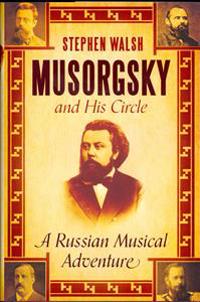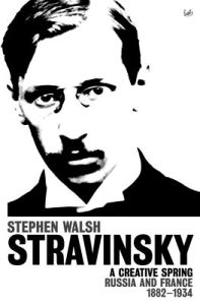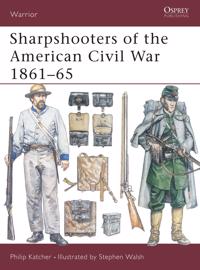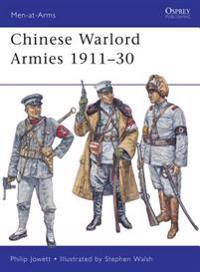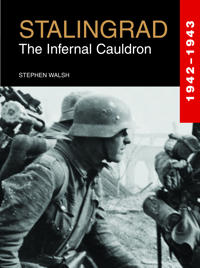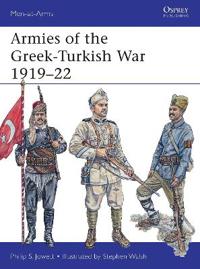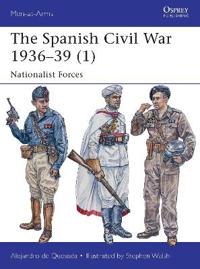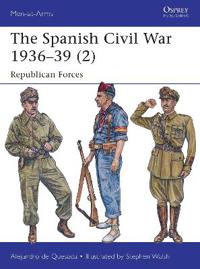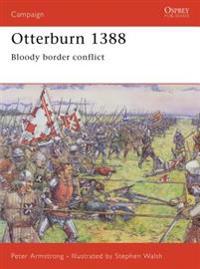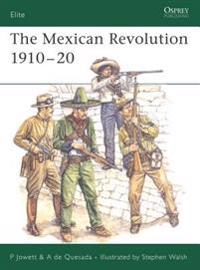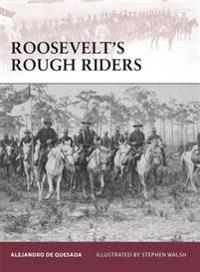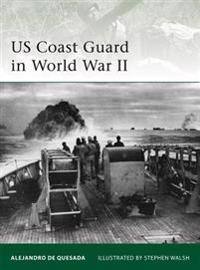The Music of Stravinsky (Häftad)
avStephen Walsh
ISBN: 9780198163756 - UTGIVEN: 199303Stravinsky is one of the most original creative musicians of the 20th century. In a career spanning six decades he composed a glittering sequence of works of astonishing diversity, from the three, vividly colourful early Russian ballets, through the sharp wit and purity of his 'neo-classical' scores[...]
Stravinsky (Pocket)
avStephen Walsh
ISBN: 9780520227491 - UTGIVEN: 2003-01Widely regarded as the greatest composer of the twentieth century, Igor Stravinsky was central to the development of modernism in art, yet no dependable biography of him exists. Previous studies have drawn too heavily from his own unreliable memoirs and conversations, and until now no biographer has[...]
Stravinsky: The Second Exile: France and America, 1934-1971 (Övrig)
avStephen Walsh
ISBN: 9780520256156 - UTGIVEN: 2008-03-03Stephen Walsh's magisterial, engagingly written two-volume "Stravinsky" is the most detailed and extensive work available on the life of the man widely regarded as the greatest composer of the twentieth century. This second volume takes up the composer's story in 1934, in a Europe growing ever more [...]
Igor Stravinsky (Häftad)
avStephen Walsh
ISBN: 9780712667234 - UTGIVEN: 200207Aimed at the interested layperson, this biography reveals to what extent Igor Stravinsky was a major figure of the 20th century, not just in music, but in cultural and intellectual life in general. This volume covers the period from his birth in 1882 until 1934, the year he settled in France.[...]
Stravinsky (Häftad)
avStephen Walsh
ISBN: 9780712697958 - UTGIVEN: 200708In 1934, Igor Stravinsky was fifty-two, a Russian expatriate living in Paris and already regarded by many as the most important composer of his generation. This work follows Stravinsky through the remainder of his long life, which he would spend largely in the United States. It also shows his increa[...]
Sharpshooters of the American Civil War 1861-65 (Pocket)
avPhilip Katcher, Stephen Walsh, Philip Katcher
ISBN: 9781841764634 - UTGIVEN: 200211Sharpshooters were highly trained marksmen who served in a front-line role in the American Civil War. By the mid-1850s, technological developments meant that weapons were now available that could guarantee greater accuracy over increased range than traditional muskets. When the Civil War broke out i[...]
Spanish Colonial Fortifications in North America 1565-1822 (Pocket)
avAlejandro De Quesada, Stephen Walsh, Alejandro De Quesada
ISBN: 9781846035074 - UTGIVEN: 201004To maintain its imperial power in America, Spain built fortifications across the width of the continent. These outposts were established along Spanish borders from the late sixteenth century onwards to defend its interests against rival European powers and to suppress uprisings of the Native America[...]
Chinese Warlord Armies 1911-30 (Pocket)
avPhilip Jowett, Stephen Walsh, Philip Jowett
ISBN: 9781849084024 - UTGIVEN: 201009Defeated in the Sino-Japanese War 1894-95 and the Boxer Rebellion of 1900, Imperial China collapsed into revolution and a republic was proclaimed in 1912. From the death of the first president in 1916 to the rise of the Nationalist Kuomintang government in 1926, the differing regions of this vast co[...]
Stalingrad (Inbunden)
avStephen Walsh
ISBN: 9781909160583 - UTGIVEN: 2013-05The German invasion of the Soviet Union was Hitler's biggest gamble in his quest for Lebensraum in the East - and it was at Stalingrad that his gamble failed. Stalingrad is a history of the greatest battle of World War II, a defining moment in the struggle on the Eastern Front. From conditions on [...]
Introduction to International Human Resource Management (Pocket)
avEileen Crawley, Stephen Swailes, David Walsh
ISBN: 9780199563210This text provides students with an introduction to international human resource management. The authors assume no background knowledge of HRM and blend academic theories with numerous practical examples. Case studies from a wide range of geographical regions and cultures are employed, East as well [...]
Business Of Sports (Inbunden)
avStephen A. Greyser, George Foster, Bill Walsh
ISBN: 9780324233841 - UTGIVEN: 2004-11-01A case book written by prominent authors contains nine core sections with approximately three to five cases per part. The cases themselves focus on certain teams or aspects of team sports.[...]
Armies of the Greek-Turkish War 1919-22 (Pocket)
avPhilip S. Jowett, Stephen (ILT) Walsh, Philip S. Jowett
ISBN: 9781472806840 - UTGIVEN: 2015-07This is a comprehensive guide to the armies that fought a devastating and decisive conflict in the Eastern Mediterranean between the two World Wars of the 20th century. From the initial Greek invasion, designed to "liberate" the 100,000 ethnic Greeks that lived in Western Turkey and had done for cen[...]
Companions in Femdom - Book One: Two Novels of Female Domination (Häftad)
avMR Stephen Glover, Eleanor Walsh-Vanderbilt, Melanie Sanders
ISBN: 9781499330106 - UTGIVEN: 2014-05The Spanish Civil War 1936-39 (1) (Pocket)
avAlejandro De Quesada, Stephen (ILT) Walsh, Alejandro De Quesada
ISBN: 9781782007821 - UTGIVEN: 2014-05The Spanish Civil War, 1936-39, was the curtain-raiser to World War II, and the major international event of the 1930s. It was the first great clash of 20th-century ideologies, between the rebel Nationalist army led by General Franco (right-wing, and aided by Nazi Germany and Fascist Italy), and the[...]
The Spanish Civil War 1936-39 (2) (Pocket)
avAlejandro De Quesada, Stephen (ILT) Walsh, Alejandro De Quesada
ISBN: 9781782007852 - UTGIVEN: 2015-01The Spanish Civil War was the curtainraiser to World War II and involved a complex collection of forces, particularly on the Republican side. This title illustrates how diverse the Republican forces were, drawn from loyal elements of the Spanish army that rejected the appeal of the rebel generals, a[...]
Otterburn 1388 (Pocket)
avPeter Armstrong, Stephen (ILT) Walsh, Peter Armstrong
ISBN: 9781841769806 - UTGIVEN: 2006-03In his "Chronicles", Froissart described Otterburn as the best fought and the most severe battle of his time. Fought at Redesdale, in Northumberland, in August 1388, the battle originated from the ongoing war between the Scots and the English but rapidly descended into a personal feud between the Sc[...]
The Mexican Revolution 1910-20 (Pocket)
avPhilip Jowett, Stephen (ILT) Walsh, Philip Jowett
ISBN: 9781841769899 - UTGIVEN: 2006-02The image of this long civil war is well known from its frequent use as the historical context for films, yet the military facts have rarely been published in English. This book offers the real first history of the Mexican Revolution. Apart from the guerrilla operations, for which the Revolution is [...]
The Spanish-american War And Philippine Insurrection 1898-1902 (Pocket)
avAlejandro Quesada, Stephen (ILT) Walsh, Alejandro Quesada
ISBN: 9781846031243 - UTGIVEN: 2007-02In 1898, US public opinion turned against the Spanish for their repression of Cuba. Relations between the two governments soured and ultimately resulted in the mysterious blowing up of the USS Maine in Havana harbour, which triggered a short but demanding war. Many famous US personalities were invol[...]
Roosevelt's Rough Riders (Pocket)
avAlejandro De Quesada, Stephen (ILT) Walsh, Alejandro De Quesada
ISBN: 9781846033834 - UTGIVEN: 2009-06This book examines the brief but colorful history of the 1st US Volunteer Cavalry, and details the rich experiences of the men who fought in its ranks. Founded in May 1898 after the outbreak of the Spanish-American War, the unit was composed of volunteers from all walks of American life. Posted to C[...]
US Coast Guard in World War II (Pocket)
avAlejandro De Quesada, Stephen (ILT) Walsh, Alejandro De Quesada
ISBN: 9781846039195 - UTGIVEN: 2010-04Alex de Quesada reveals the full history of the US Coast Guard throughout World War II in this Elite title. In particular, the book draws attention to the little-known story of how the US Coast Guard ran a number of the landing craft throughout D-Day in 1944 as well as providing crucial anti-U-boat [...]




